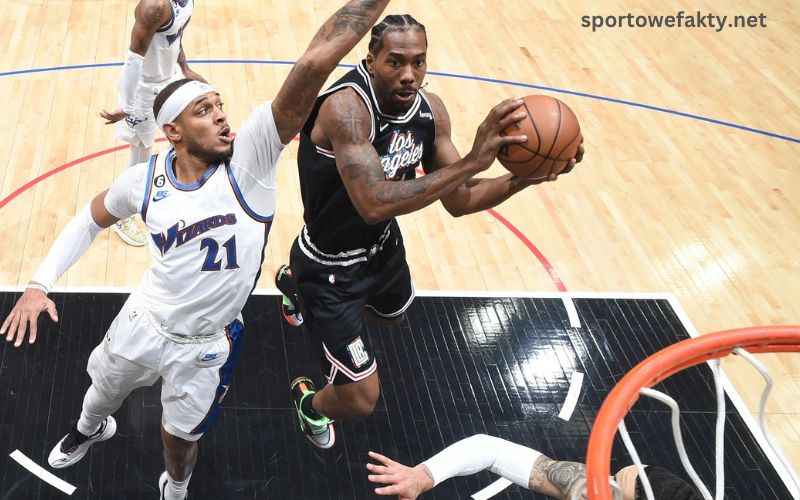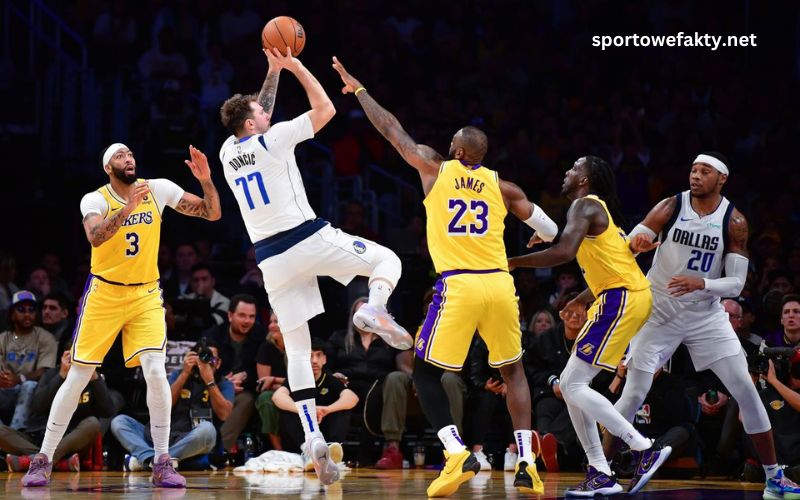The emergence of women’s football has transformed the landscape of sports worldwide, and Mexico is no exception. The Liga MX Femenil, launched in 2017, has rapidly become a significant platform for female athletes, showcasing talent and fostering a culture of support for women in sports. Liga MX Femenil Games are more than just competitions; they represent a movement towards equality, empowerment, and recognition for female athletes in a traditionally male-dominated arena. This article will delve into various aspects of Liga MX Femenil Games, from their inception and evolution to their cultural impact and future prospects.
What Is Liga MX Femenil and How Did It Begin?
Liga MX Femenil is Mexico’s top professional women’s football league, created to enhance the visibility of women’s football and provide a structured platform for female athletes. The league was established by the Mexican Football Federation in response to the growing interest in women’s sports and the need for formal competitions.
Initially, women’s football in Mexico faced numerous challenges, including limited resources and recognition. The establishment of Liga MX Femenil marked a turning point, as it allowed clubs to invest in their women’s teams. This investment has resulted in improved training facilities, coaching staff, and overall player development. The first season kicked off in 2017, featuring 14 teams and generating significant media attention. As a result, Liga MX Femenil Games quickly gained popularity, drawing fans and sponsors alike.
The league’s commitment to professionalism has fostered a competitive environment, with teams vying for the championship while promoting their players’ growth. This foundation has enabled the league to evolve rapidly and establish itself as a vital component of Mexico’s sporting landscape.
How Have Liga MX Femenil Games Evolved Over Time?
Since its inception, Liga MX Femenil Games have undergone significant evolution, both in terms of quality and popularity. The initial seasons laid the groundwork for the league’s structure and competitive integrity. As teams recognized the potential of women’s football, investments increased, leading to enhanced training programs, facilities, and support systems.
The league has also experienced changes in the format and scheduling of its games. Over the years, the number of participating teams has expanded, reflecting the growing interest in women’s football across the country. This expansion has led to more competitive matches and thrilling moments for fans, ultimately enriching the league’s narrative.
Moreover, as social media and digital platforms have gained traction, the visibility of Liga MX Femenil Games has increased dramatically. Clubs have capitalized on these platforms to engage with fans, showcase their players, and build a loyal following. The league’s growth is evident in its increasing attendance rates, television viewership, and social media engagement, all contributing to a broader recognition of women’s football in Mexico.
What Is the Impact of Liga MX Femenil Games on Female Athletes?
The impact of Liga MX Femenil Games on female athletes cannot be overstated. The league has provided a professional stage for women to showcase their skills and pursue their dreams. This visibility has inspired countless young girls to take up football, fostering a new generation of female athletes.
Additionally, the league has empowered players by offering them the opportunity to pursue careers in sports. With professional contracts and financial incentives, female athletes can dedicate themselves fully to their sport without the burden of seeking alternative employment. This shift has elevated the status of women in sports and encouraged more girls to participate in competitive athletics.
Moreover, Liga MX Femenil Games have facilitated the development of role models for aspiring footballers. Players like Charlyn Corral, Stephanie Mayor, and Kiana Palacios have become household names, inspiring young girls across the country. Their success stories highlight the possibilities within women’s football, promoting self-confidence and ambition among future athletes.
The league’s influence extends beyond the pitch, as players are increasingly recognized for their contributions to society. Many athletes engage in community outreach programs, using their platform to advocate for issues such as gender equality, education, and health. This commitment to social responsibility further enhances the positive impact of Liga MX Femenil Games on female athletes and society as a whole.
How Do Liga MX Femenil Games Foster Community and Support?
The sense of community fostered by Liga MX Femenil Games is palpable. Fans, families, and local communities come together to support their teams, creating an atmosphere of camaraderie and pride. This community engagement has been instrumental in promoting women’s football and cultivating a passionate fanbase.
Clubs often host events and initiatives aimed at strengthening ties with their supporters. These activities include meet-and-greets with players, youth camps, and community outreach programs. Such interactions allow fans to connect with players on a personal level, fostering loyalty and enthusiasm for the league.
The significance of community support is evident in attendance figures for Liga MX Femenil Games. As fans rally behind their teams, match attendance has steadily increased. The league’s popularity is reflected in sold-out stadiums, particularly during high-stakes matches and playoffs. This sense of belonging not only enhances the atmosphere during games but also solidifies the league’s place within the cultural fabric of Mexican society.
Moreover, the engagement of local businesses and sponsors has further strengthened community ties. Collaborations between clubs and local enterprises promote mutual support and investment in women’s football. This holistic approach to community involvement reinforces the idea that Liga MX Femenil Games are not just about competition but also about building a supportive ecosystem for athletes and fans alike.
What Are the Challenges Facing Liga MX Femenil Games?
Despite its growth, Liga MX Femenil Games faces several challenges that need addressing for sustained progress. One of the primary obstacles is the ongoing struggle for equal treatment and resources compared to men’s football. While the league has made strides in terms of professionalization, disparities in funding, marketing, and media coverage persist.
Many clubs still rely on the resources allocated to their men’s teams, leading to imbalances in training facilities and support staff. Ensuring that female players receive the same level of investment and attention as their male counterparts is crucial for the league’s continued growth and success.
Additionally, societal perceptions and cultural attitudes toward women in sports can hinder progress. Traditional views may still influence how women’s football is perceived, impacting attendance and viewership. Overcoming these entrenched attitudes requires ongoing advocacy and education about the value of women’s sports.
Moreover, injury management and health resources are critical concerns. As the league becomes more competitive, the physical demands on players increase. Ensuring access to proper medical care, training, and rehabilitation facilities is essential to safeguard athletes’ well-being and prolong their careers.
Addressing these challenges will require collaboration among stakeholders, including clubs, the Mexican Football Federation, and sponsors. A collective effort is needed to ensure that Liga MX Femenil Games can continue to flourish and provide a platform for female athletes to excel.
How Do Media and Broadcasting Influence Liga MX Femenil Games?
Media coverage plays a vital role in shaping the perception and popularity of Liga MX Femenil Games. As the league has gained traction, broadcasters have increasingly recognized the potential for women’s football, leading to more extensive coverage and dedicated programming.
Television networks and online platforms have started to prioritize the broadcasting of matches, allowing fans to access games easily. This increased visibility has contributed to a growing audience, which in turn attracts more sponsors and advertisers. The financial backing generated from media partnerships is essential for the league’s sustainability and growth.
Moreover, social media platforms have revolutionized how fans engage with Liga MX Femenil Games. Clubs leverage platforms like Instagram, Twitter, and Facebook to provide real-time updates, behind-the-scenes content, and player interactions. This engagement fosters a sense of connection and community among fans, encouraging them to support their teams actively.
The role of influential figures, such as players and coaches, in promoting the league cannot be underestimated. Their presence on social media and participation in promotional activities help amplify the message of women’s empowerment in sports. As these athletes share their experiences and successes, they inspire others to get involved and support the league.
As media coverage continues to expand, it is crucial to ensure that the narrative surrounding Liga MX Femenil Games remains positive and focuses on the athletes’ skills and accomplishments. By highlighting their stories and achievements, media outlets can contribute to a cultural shift that recognizes and celebrates women’s contributions to football.
What Does the Future Hold for Liga MX Femenil Games?
The future of Liga MX Femenil Games appears promising, with continued growth anticipated in various areas. As the league gains recognition, there is potential for increased investment from sponsors and the Mexican Football Federation. This investment could lead to enhanced resources for clubs, better facilities, and improved training programs for players.
The expansion of teams within the league may also be on the horizon. As interest in women’s football grows, new clubs may emerge, further diversifying the competition and allowing more female athletes to participate. This expansion will contribute to a richer football culture in Mexico, encouraging young girls to pursue their dreams.
Furthermore, as women’s football continues to gain popularity globally, opportunities for international collaborations and competitions may arise. Liga MX Femenil could explore partnerships with other leagues, facilitating the exchange of talent and ideas. Such collaborations would elevate the league’s profile and enhance the quality of competition.
Community engagement and grassroots initiatives will remain vital in shaping the future of Liga MX Femenil Games. By investing in youth programs and local outreach, clubs can nurture the next generation of female athletes and build a sustainable support system for women’s football.
In conclusion, the trajectory of Liga MX Femenil Games suggests a bright future, marked by progress and increased visibility for female athletes. With continued efforts to address challenges and foster community support, the league is poised to make a lasting impact on women’s football in Mexico and beyond.
Conclusion
In summary, Liga MX Femenil Games represent a significant advancement in women’s football, offering athletes a platform to shine while fostering community engagement and support. The league’s evolution reflects broader societal changes, promoting the importance of gender equality and recognition in sports. As challenges persist, the collective efforts of players, clubs, and fans will be crucial in ensuring the continued success of the league.
Through its growth and impact, Liga MX Femenil not only showcases the talent of female athletes but also inspires future generations to pursue their dreams in sports. The journey of Liga MX Femenil Games is a testament to the power of perseverance, hope, and the belief that women belong on the football field, paving the way for a brighter future in women’s sports.





hi!,I really like your writing very a lot! share we communicate extra about your post on AOL? I need an expert on this space to unravel my problem. May be that is you! Looking ahead to see you.